41 when was the last ice age
When Were the Ices Ages and Why Are They Called That ... The cold periods are called glacials (ice covering) and the warm periods are called interglacials. There were at least 17 cycles between glacial and interglacial periods. The glacial periods lasted longer than the interglacial periods. The last glacial period began about 100,000 years ago and lasted until 25,000 years ago. Hasn't Earth warmed and cooled naturally throughout ... Yes. Earth has experienced cold periods (or "ice ages") and warm periods ("interglacials") on roughly 100,000-year cycles for at least the last 1 million years. The last of these ices ended around 20,000 years ago.
Last Glacial Maximum - Last Major Global Climate Change The Last Glacial Maximum is the most recent time in earth's history when the glaciers were at their thickest. That was approximately 24,000-18,000 years ago. All of Antarctica, large parts of Europe, North and South America, and Asia were covered by ice.
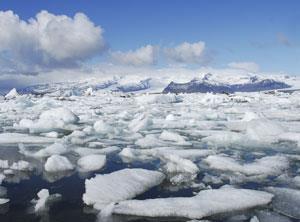
When was the last ice age
Last Glacial Period - Wikipedia The Last Glacial Period ( LGP ), also known colloquially as the last ice age or simply ice age, occurred from the end of the Eemian to the end of the Younger Dryas, encompassing the period c. 115,000 - c. 11,700 years ago. When Did the Ice Age Start and End? - Reference.com The last Ice Age, known as the Pleistocene Epoch, began almost 1.8 million years ago and lasted until approximately 11,700 years ago. During this time, massive glaciers covered most of the surface of the Earth. There have been four known Ice Ages on Earth in the 4.6 billion years that the planet has existed. The Last Ice | National Geographic Documentary Films Directed by Scott Ressler and executive produced by Dr. Enric Sala, National Geographic Explorer-in-Residence and founder of National Geographic Pristine Seas, THE LAST ICE, tells the story of...
When was the last ice age. Ice Age (franchise) | Ice Age Wiki | Fandom For other uses, see Ice Age (disambiguation). Ice Age is Blue Sky's first computer animated movie franchise, started by Carlos Saldanha and Chris Wedge of the comedy-drama genre. The first film in the franchise was released on March 15, 2002. Set in the ice age time period, it follows the adventures of fictional mammals consisting Manfred (a woolly mammoth), Sid (a sloth), Diego (a saber-tooth ... The Sid Shuffle - Ice Age: Continental Drift - YouTube Learn how to do the Sid Shuffle as your favorite Ice Age character teaches you the moves to the coolest dance craze sweeping the globe. And don't forget to s... How Humans Survived the Ice Age | Discover Magazine Almost all hominins disappeared during the Ice Age. Only a single species survived. But H. sapiens had appeared many millennia prior to the Ice Age, approximately 200,000 years before, in the continent of Africa. In many ways, this was an auspicious location. How Early Humans Survived the Ice Age - HISTORY Jul 15, 2021 · The last ice age corresponds with the Upper Paleolithic period (40,000 to 10,000 years ago), in which humans made great leaps forward in toolmaking and weaponry, including the first tools used ...
Incredible map reveals how world looked during the ice age ... It is an incredible view of how the world looked during the ice age. An online mapmaker has revealed a unique map showing the world as it would have looked 14,000 years ago, when the last ice age... Scientists Project Precisely How Cold the Last Ice Age Was ... Scientists Project Precisely How Cold the Last Ice Age Was. Researchers used models and data from fossilized plankton to determine the global average temperature at the time Ice Age - Definition & Timeline - HISTORY Approximately a dozen major glaciations have occurred over the past 1 million years, the largest of which peaked 650,000 years ago and lasted for 50,000 years. The most recent glaciation period,... Pleistocene epoch: The last ice age | Live Science The Pleistocene epoch is a geological time period that includes the last ice age, when glaciers covered huge parts of the globe. Also called the Pleistocene era, or simply the Pleistocene, this...
How Did the Ice Age End? A Geologist Explains | AMNH So, in fact, the last ice age hasn't ended yet! Scientists call this ice age the Pleistocene Ice Age. It has been going on since about 2.5 million years ago (and some think that it's actually part of an even longer ice age that started as many as 40 million years ago). We are probably living in an ice age right now! Ice Age Map of the World | Smithsonian Ocean Ice Age Map of the World © Martin Vargic This map depicts the Earth during the last ice age, specifically the Late Glacial Maximum (roughly 14,000 BCE) when the climate began to warm substantially. With so much of the planet's water tied up in ice, global sea level was more than 400 feet lower than it is today. What Thawed the Last Ice Age? - Scientific American Humanity has now raised global CO2 levels by more than the rise from roughly 180 to 260 ppm at the end of the last ice age, albeit in a few hundred years rather than over more than a few thousand ... We finally know how cold the last ice age was - Futurity Researchers have nailed down the temperature of the last ice age, known as the Last Glacial Maximum of 20,000 years ago, to about 46 degrees Fahrenheit. Their findings allow climate scientists to...
The Causes of the end of the last Ice Age - Don's Maps The last great ice age began around 120 000 years ago. One massive ice sheet, more than 3 kilometres thick in places, grew in fits and starts until it covered almost all of Canada and stretched down as far as Manhattan. Another spread across most of Siberia, northern Europe and Britain, stopping just short of what is now London.
The Last Ice Age (120 000 years ago to Modern) - YouTube This is a visualization of the last ice age using a global ice sheet model with pro-glacial lakes included.
Wisconsin Geological & Natural History Survey » Ice Age geology Ice Age animals of Wisconsin The tundra that accompanied the last glacier in Wisconsin was the home of the woolly mammoth, which fed primarily on grass. As climate warmed near the end of the last glaciation, tundra gave way to spruce forest; this was the home of the American mastodon, which fed on twigs, cones, and grass.
Evidence of Global Warming & The End of the Last Ice Age Earth's prehistoric climate & the end of the Pliocene Era. At the height of the last ice age, there were an estimated 10 million cubic miles of ice covering the planet. During this glacial period, global sea levels were an estimated 400 feet lower than they are today. In modern terms, the landmass we know as Canada was buried under ice as ...
How often do ice ages happen? | Live Science The last ice age led to the rise of the woolly mammoth and the vast expansion of glaciers, but it's just one of many that have chilled Earth throughout the planet's 4.5-billion-year history.
How cold was the ice age? Researchers now know: Scientists ... A University of Arizona-led team has nailed down the temperature of the last ice age -- the Last Glacial Maximum of 20,000 years ago -- to about 46 degrees Fahrenheit.
Why it's important to learn how children lived in the last ... Mar 06, 2022 · Nowell, author of Growing Up in the Ice Age, has spent decades piecing together the past with only hints of evidence left by people just minding their own business at the tail end of the last ice ...
Overview of the Last Glaciation - ThoughtCo When did the last Ice Age occur? The world's most recent glacial period began about 110,000 years ago and ended around 12,500 years ago. The maximum extent of this glacial period was the Last Glacial Maximum (LGM) and it occurred around 20,000 years ago.
10 Things You Probably Didn't Know About the Last Ice Age ... The last ice age in reality occurred about 18,000 years ago. During this time, North America, and large parts of Europe and Asia were covered in ice. During this period, saber-toothed tigers disappeared, unlike in the famous Ice Age animations we all love.
Ice age - Wikipedia The present ice age is the most studied and best understood, particularly the last 400,000 years, since this is the period covered by ice cores that record atmospheric composition and proxies for temperature and ice volume. Within this period, the match of glacial/interglacial frequencies to the Milanković orbital forcing periods is so close ...
Last Glacial Maximum - Wikipedia The Last Glacial Maximum (LGM), also referred to as the Late Glacial Maximum, was the most recent time during the Last Glacial Period that ice sheets were at their greatest extent. Ice sheets covered much of North America, Northern Europe, and Asia and profoundly affected Earth's climate by causing drought, desertification, and a large drop in sea levels.
Answer to What Ended Last Ice Age May Be Blowing in the ... Earth regularly goes into an ice age every 100,000 years or so, as its orientation toward the sun shifts in what are called Milankovitch cycles. At the peak of the last ice age, about 20,000 years ago, with New York City and large parts of Europe and Asia buried under thick sheets of ice, Earth's orbit shifted.
The Last Ice | National Geographic Documentary Films Directed by Scott Ressler and executive produced by Dr. Enric Sala, National Geographic Explorer-in-Residence and founder of National Geographic Pristine Seas, THE LAST ICE, tells the story of...
When Did the Ice Age Start and End? - Reference.com The last Ice Age, known as the Pleistocene Epoch, began almost 1.8 million years ago and lasted until approximately 11,700 years ago. During this time, massive glaciers covered most of the surface of the Earth. There have been four known Ice Ages on Earth in the 4.6 billion years that the planet has existed.
Last Glacial Period - Wikipedia The Last Glacial Period ( LGP ), also known colloquially as the last ice age or simply ice age, occurred from the end of the Eemian to the end of the Younger Dryas, encompassing the period c. 115,000 - c. 11,700 years ago.
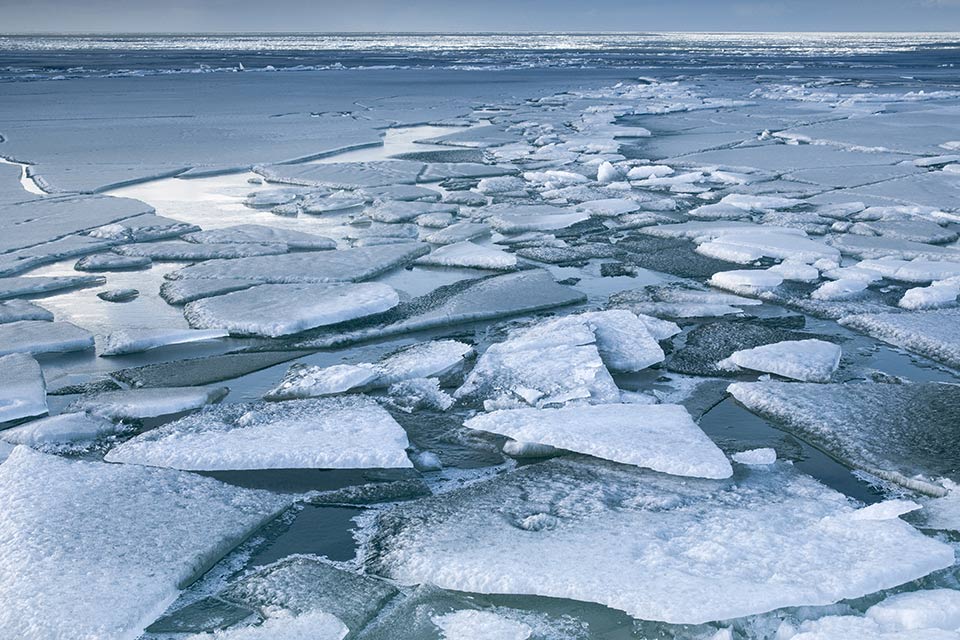
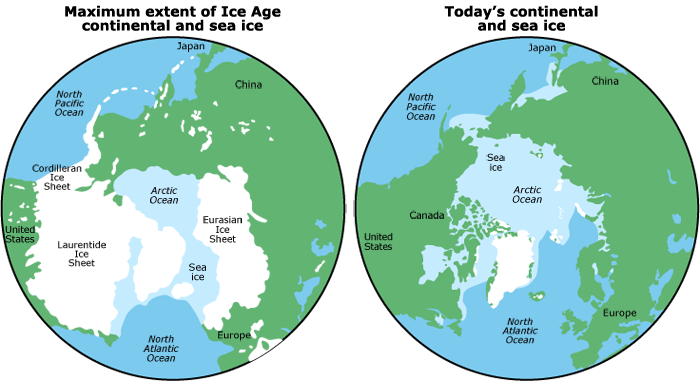
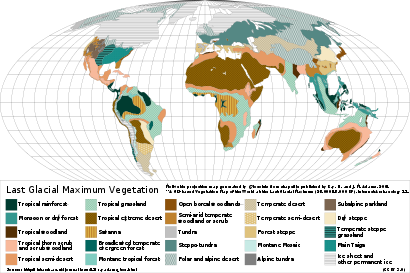



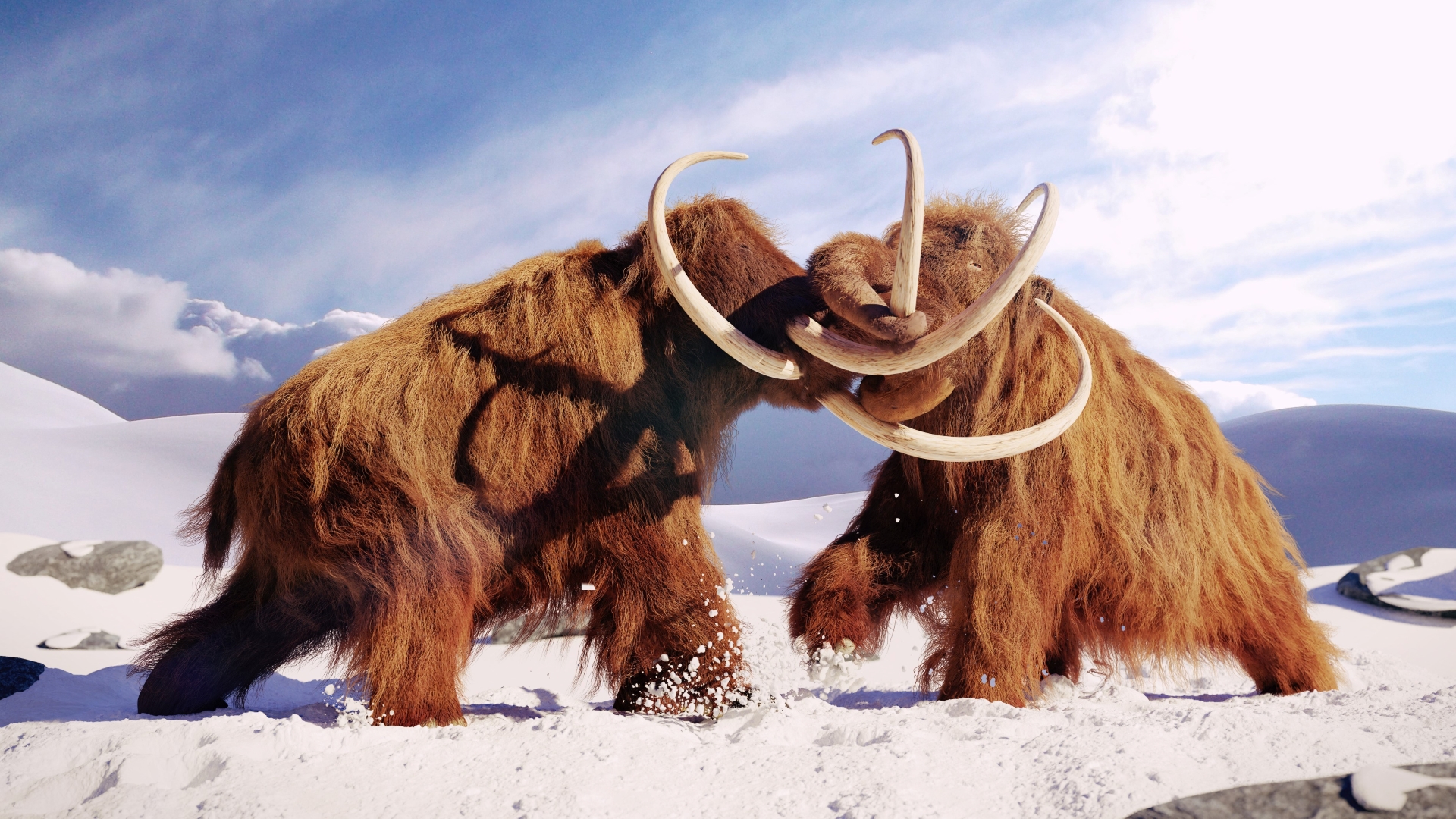




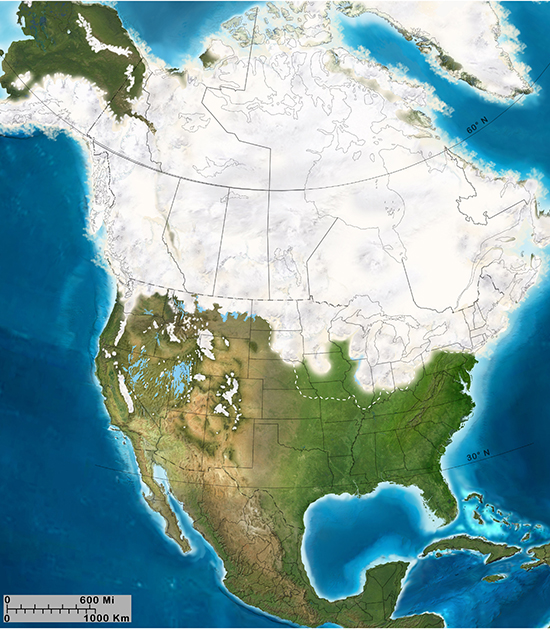





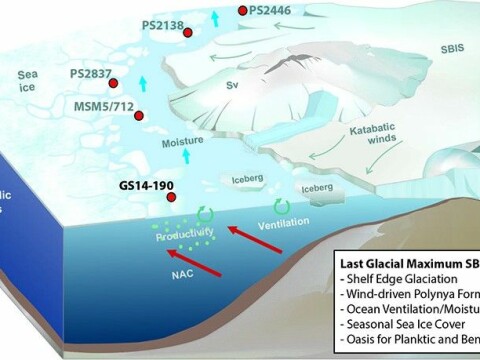

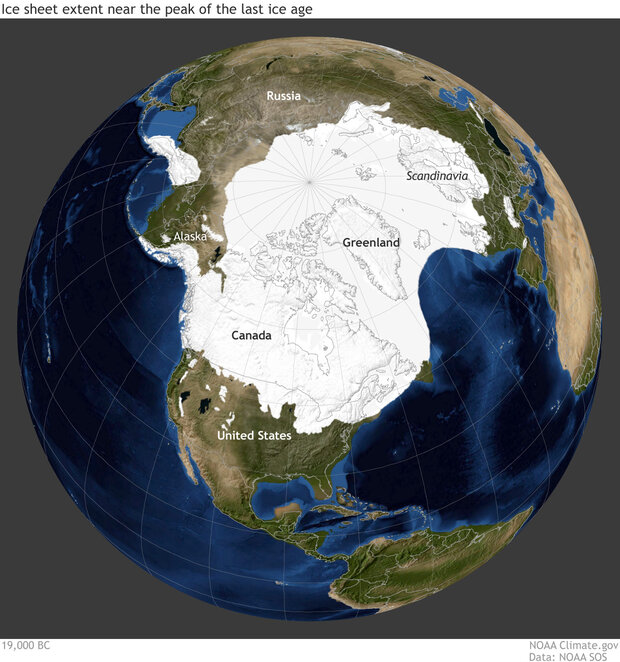
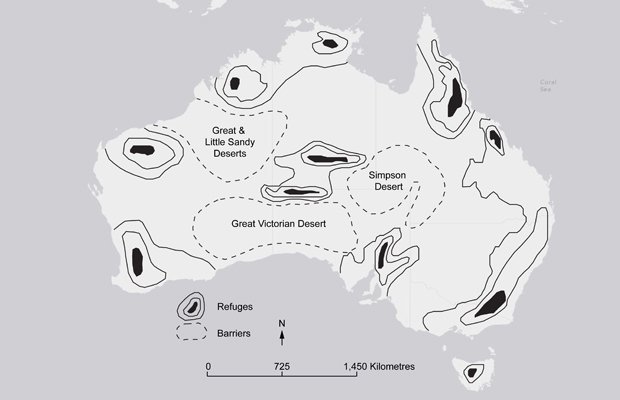



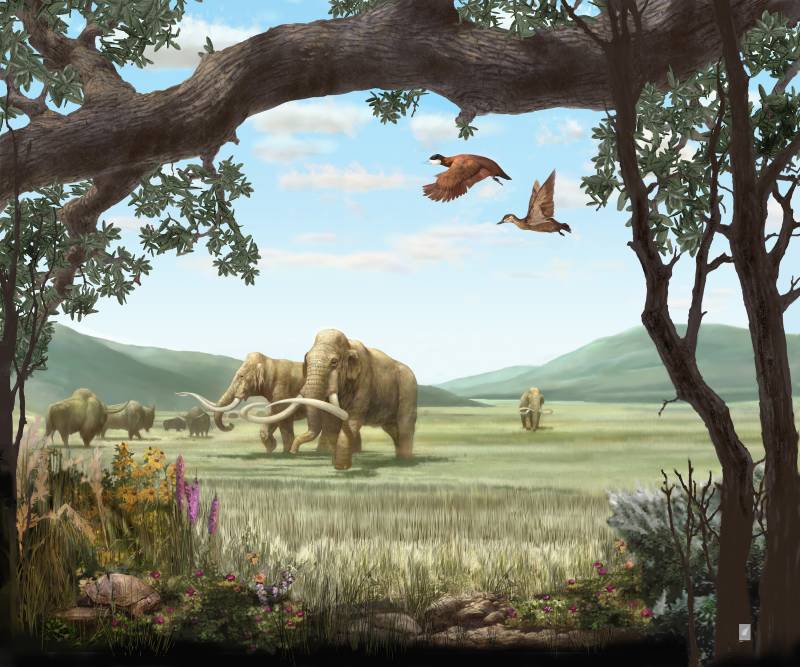
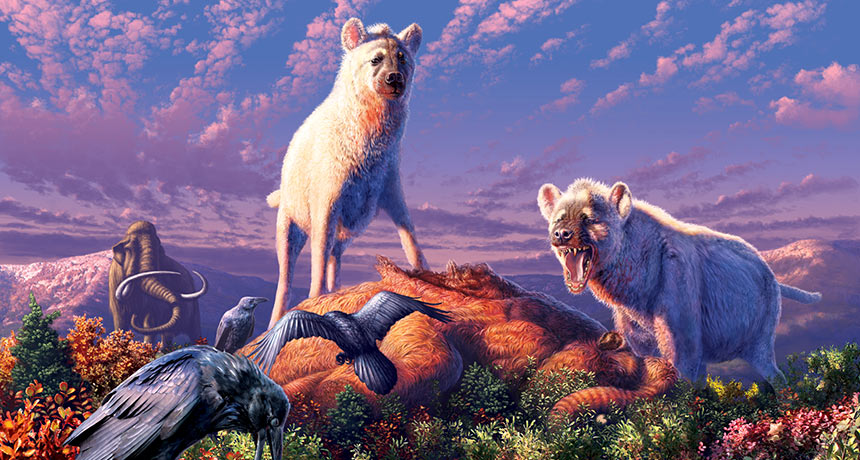



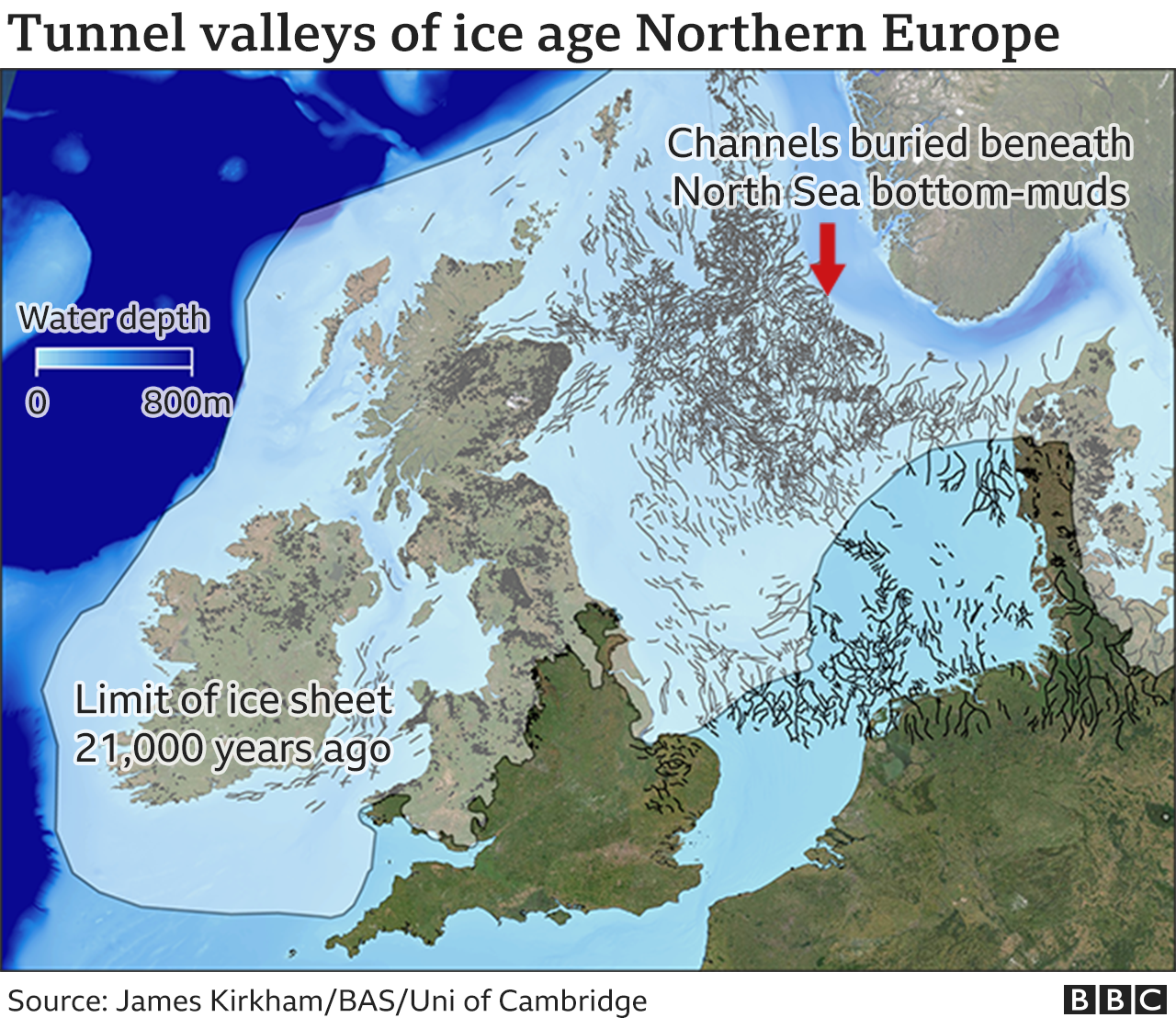


0 Response to "41 when was the last ice age"
Post a Comment